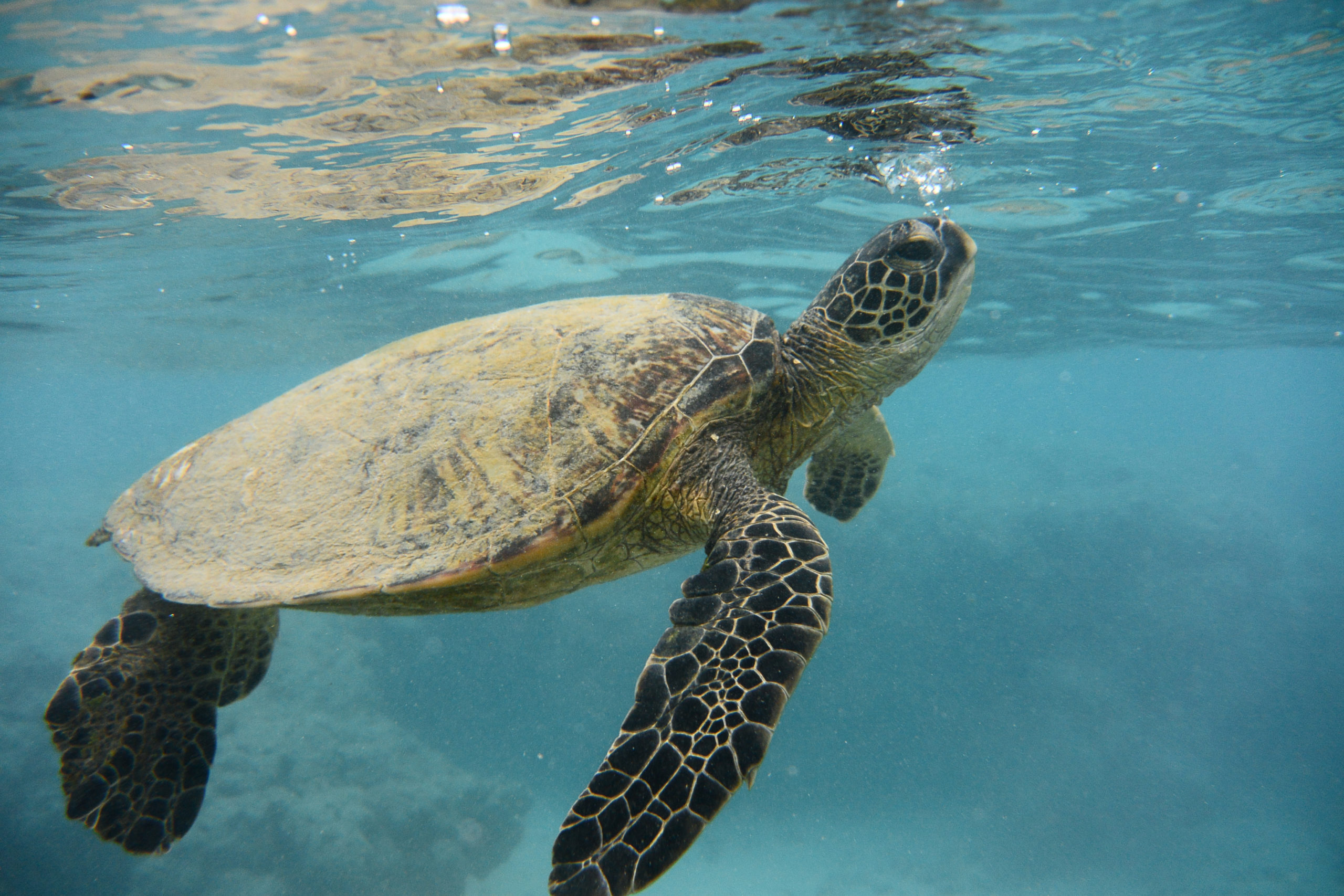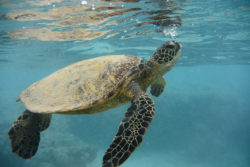
What’s the Difference? Turtles vs. Tortoises
There are at least 365 species of turtles and tortoises in the world. But what are the differences between turtles and tortoises anyway? The biggest difference is where they live. Turtles spend most of their time in the ocean or near water while tortoises live exclusively on land. They do share similarities, though, so it’s easy to get the two confused.
Both turtles and tortoises are reptiles and part of the same order of animals known as Testudines. The 13 families of turtles include tortoises, soft-shelled turtles, leatherback sea turtles, snapping turtles, and sea turtles among others. In fact, all tortoises are technically considered turtles but not all turtles are tortoises. Both types of animals are shy and solitary creatures, neither one being very territorial. They both lay eggs on land and usually by burying them in nests.
Tortoises are unique because:

They can live in a broad range of habitats from dry deserts to tropical forests
They only need water for drinking and bathing
Their legs are well-developed for use on land. Their forelimbs are sturdier, not webbed, and generally much larger in relation to their body size than those of turtles to support their weight
They consume a vegetarian diet (with some minor exceptions for tasty insects along the way)
Their shells are more rounded than those of turtles and have more of a dome shape
Turtles are unique because:

They call lakes, rivers, wetlands, and ocean waters home
They are well-suited to live in water. Their front legs are paddle-shaped and their back have webbed feet to help in moving through the water. They also have tear glands that help them rid their bodies of excess salt
Turtles are omnivores capable of eating both plants and animals, including algae, sea grass, jellies, small fish, and crustaceans
Their shells are thinner and more streamlined for navigating aquatic environments
Fun Fact: Turtles and tortoises cannot crawl out of their shell like some people think! Their shells are permanently attached to their spine and rib cage. They can also feel pressure and pain on their shells just like humans can on their fingernails.

